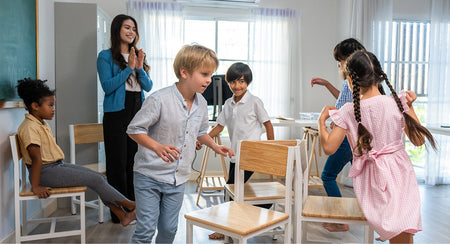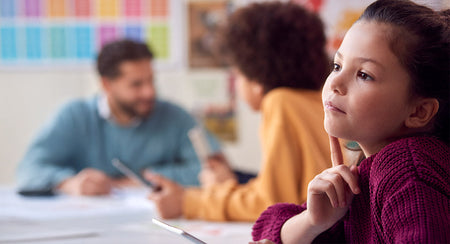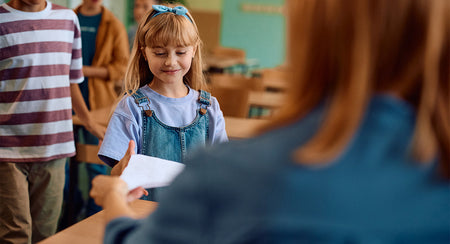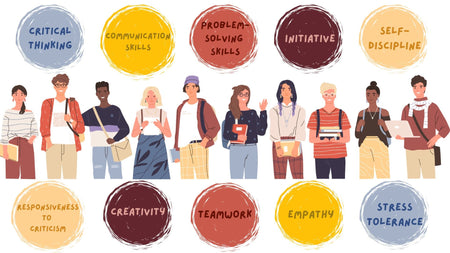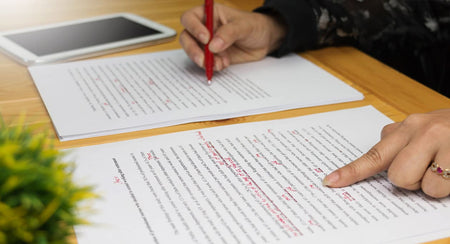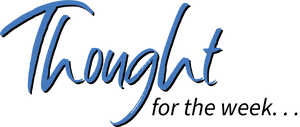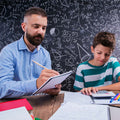How Can We Convince Students to Take Formative Assessments Seriously?
We know that the information provided by formative assessments is crucial to understanding what students know and how their learning is progressing. Formative assessments—quizzes, assignments, drafts, and other progress-related information—can tell us what students have mastered, where their learning is uncertain or shaky, and when they are ready to move their learning forward. The information that is generated can tell us how to plan for future instruction and tell students what to do next, how close they are to achieving learning goals, and when they are ready for summative assessments.
Yet, formative assessments often are fraught with confusion, misinterpretation, and even resistance. Too often, when students are introduced to the terms “formative” and “summative” assessments they immediately translate them into what counts for a grade and what doesn’t. As a result, they may conclude that they do not need to give effort or even regularly engage in work that is “formative,” assuming that it will not have an impact on their grade.
This thinking is often the result of an over-emphasis on grades and under-emphasis on learning. One of the crucial shifts in thinking and focusing on making formative assessment activities meaningful is to de-emphasize grades when it is practical to do so. Grades should reflect learning. Grades are results. The daily work of learning is what determines if students will do well when grades are determined. On the other hand, if grades are the only focus, formative assessments may not seem important.
It is crucial that students to see the relationship between information from formative activities and their performance on summative assessments. Doing well or showing progress on formative assessments almost always is predictive of how students will do on summative assessments.
It is worth noting that we work with young people who often lack the maturity or life experience to connect continuous, diligent effort with successful outcomes. They may not realize the connection between what they do every day and where they end up at the end of a teaching and learning cycle. This is an important life lesson for us to teach.
Of course, some students may do well on summative assessments despite not completing and submitting much formative evidence. When this is the case, we need to ask ourselves if the learning we offered was challenging enough to be worthwhile for the student, or possibly, if the student already knew the content or possessed the skill.
So, how can we help students see and value the relationship between formative and summative assessments? Obviously, it depends on the nature of the barriers or confusion students have concerning this relationship. Here are seven arguments or explanations that might help.
We might start by reminding students of the importance of practice before a game or performance. Whether competing in athletics, performing in theater, making music, or playing chess, practice and rehearsal is what leads to success. Beginners, amateurs, and professionals all practice and measure their progress before attempting to compete or perform. Formative assessment activities measure where additional practice and skill development are needed.
We can draw on students’ experience with video games. Rarely is success achieved on a first attempt in a video game. Often many steps, multiple attempts and skill growth are required before significant progress and success are achieved. Formative assessment activities are intermediate attempts and progress markers.
We might present students with examples of how performance on formative assessments led to success in summative assessments for other students. We might also share counter examples that demonstrate that poor performance on formative assessments led to lack of success on a summative assessment. When students understand this relationship, it is easier for them to invest in formative activities.
We can give students tools to chart their progress. If we have students set goals for their learning, charting progress can be an informative and satisfying activity. Students need to see a purpose and use for formative assessment information. Progress monitoring becomes the data students use to see improvement and analyze where they need to improve or what they are ready to learn next.
We might make it a practice to meet and discuss formative assessment information with students. We can coach students on how to make sense of and use formative assessment information. We also might discuss with students the next steps in learning the information suggests. Planning together can build students’ understanding, strengthen their confidence, and lead them to value the information formative assessments can offer.
Finally, we can make a personal connection. We might say to students, “I care too much and desire too much for you to allow you to fail. I also want you to learn how to invest, persist, and achieve success in whatever you choose to do with your life. The process of assessing as you learn is a proven powerful strategy that leads to success in virtually any effort.”
Do you have additional ideas to encourage students to engage in and take formative assessment activities seriously? What would you suggest?




